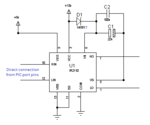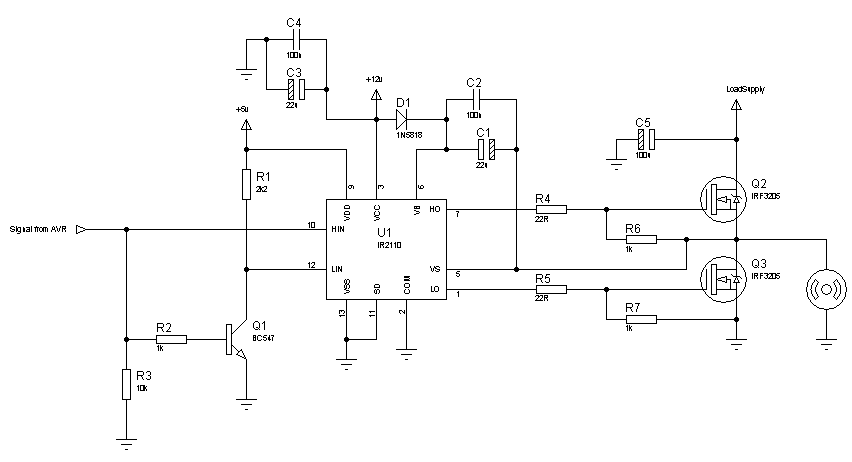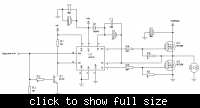babatundeawe
Full Member level 5

- Joined
- Apr 12, 2007
- Messages
- 244
- Helped
- 16
- Reputation
- 32
- Reaction score
- 12
- Trophy points
- 1,298
- Location
- Nigeria
- Activity points
- 2,738
You can use a driver like IR21834 which has programmable dead time that can be set by the hardware. Deadtime is adjustable from 0.4us to 5us.
how can one achieve this using pic micro
thanks










